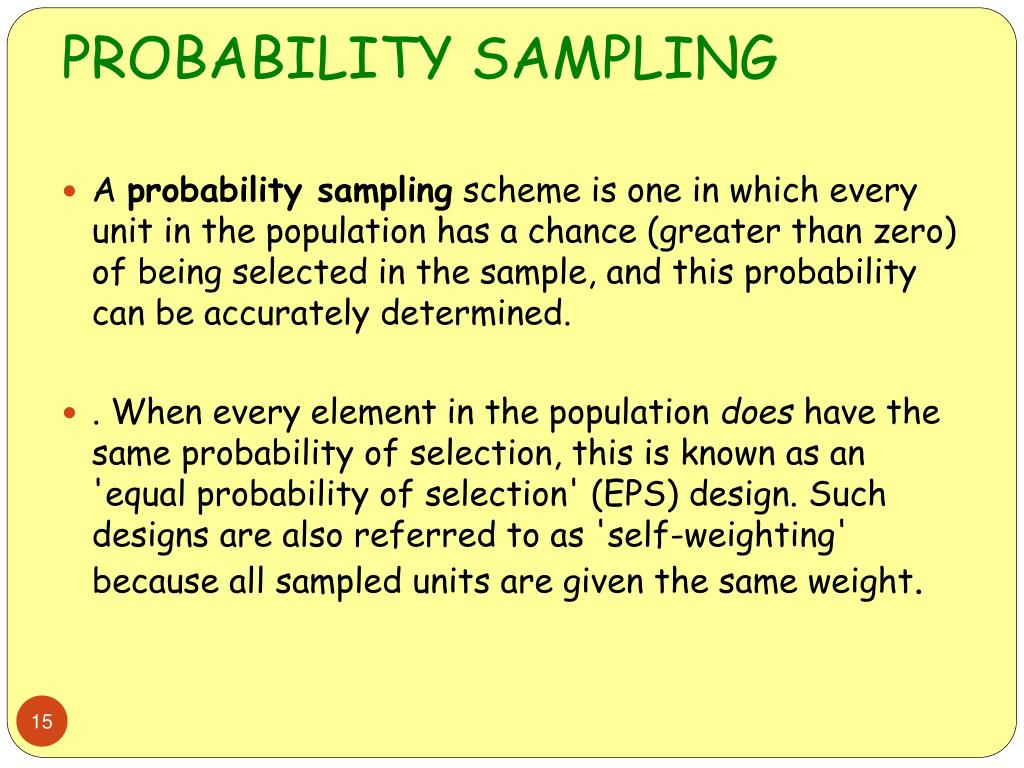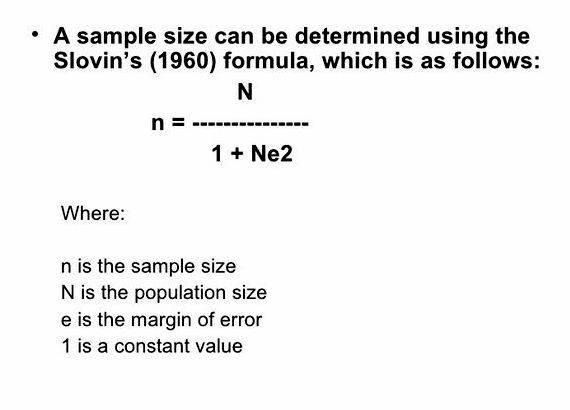

However, simple random sampling can be challenging to implement in practice. In addition, with a large enough sample size, a simple random sample has high external validity: it represents the characteristics of the larger population. It helps ensure high internal validity: randomisation is the best method to reduce the impact of potential confounding variables. Simple random sampling is used to make statistical inferences about a population. Frequently asked questions about simple random sampling.Officials from the United States Census Bureau follow a random selection of individual inhabitants of the United States for a year, asking detailed questions about their lives in order to draw conclusions about the whole population of the US. Example: Random samplingThe American Community Survey (ACS) uses simple random sampling. Because it uses randomisation, any research performed on this sample should have high internal and external validity. This method is the most straightforward of all the probability sampling methods, since it only involves a single random selection and requires little advance knowledge about the population. In this sampling method, each member of the population has an exactly equal chance of being selected, minimising the risk of selection bias. Start referencing Simple Random Sampling | Definition, Steps & ExamplesĪ simple random sample is a randomly selected subset of a population.
Simple random sampling in research for free#
Generate accurate Harvard, APA, and MLA references for free with Scribbr's Referencing Generator.



 0 kommentar(er)
0 kommentar(er)
